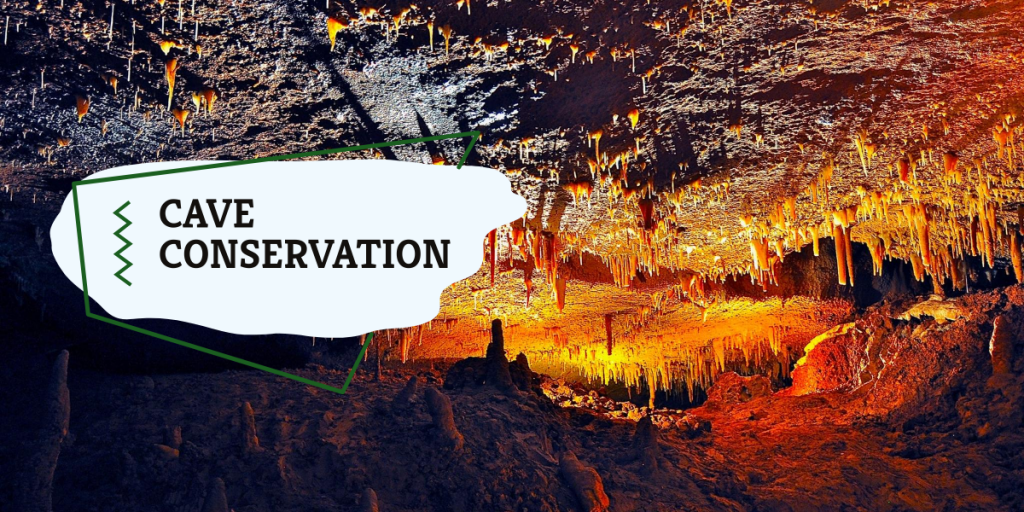Caves are some of the most exciting places on Earth. They come in all shapes and sizes, from narrow passages to massive caverns. Many caves provide shelter for animals, while others serve as homes for humans who choose to live in them.
When we think about cave conservation, there are a few things that might come to mind:
- Limiting access by people or animals.
- Ensuring they don’t get polluted.
- Preserving their natural beauty.
These are all important points – but why is it so important?
Why is it important to conserve caves?
Caves have long been considered a refuge – for every species, from humans to animals. They provide shelter from the elements, are surprisingly comfortable habitats, and offer safety in times of danger or disaster.
Many people don’t realize that cave conservation is important because they may only see caves as places to explore weekend hikes with friends or “spelunking.”
Inexperienced cavers may think they are simply exploring caves when they could be at risk of damaging their fragile ecosystem. For example, rock formations require constant erosion from water or wind to make new ones. If people explore with backpacks and other gear while rubbing against rocks, this damages these delicate features of cave environments.
How can we preserve caves?
Exploring new caves is a fun activity, but it’s important to remember that you should always leave them the way you found them. That means no writing on the walls and taking your trash with you when you go.
It’s important to remember that not all parts of caves are safe. Never touch the formations because they might collapse on you, and don’t enter any room that is flooded with water.
Human disturbance in caves can be detrimental to the cave’s delicate ecology. If you need to go inside a cave, make sure that you respect its environment and follow proper protocol to not damage the fragile ecosystem within it. The preservation and protection of caves are the only way to keep these historic landmarks available for future generations.
Why is cave conservation important to humans?
Caves are essential to humans because they provide us with a variety of benefits. They are home to many species, some of which cannot be found anywhere else on Earth. Caves still offer humankind shelter and food storage for sources such as bats that eat insects harmful to humans. They also help form rivers by filtering groundwater seeping through the soil.
How long could it take for caves to repair any damage caused by careless cavers and visitors?
It depends on the size of the cave and how much damage has been done. If a cave is permanently damaged, it could take as long as 200 years to recover from the damage before any new life can be found there again. And if a cave was only temporarily affected by visitors or careless cavers, it may just need about 50-100 years.
This is obviously a long time, so it’s imperative for conservation efforts to be careful and know what you’re doing so that damage can be avoided.
Why do Caves help preserve paintings?
Caves help preserve paintings because of the cave’s natural environment. The cave is humid, dark and has a constant temperature of about 58 degrees Fahrenheit (14 C). This provides conditions that preserve organic materials from decay or damage.
Caves also have another unique scientific feature- they are often located in regions without much human development, which means there is less pollution to cause water discoloration.
How can you help conserve a cave?
There are a few ways you can help conserve caves and the creatures that dwell in them.
First, make sure to follow all cave safety rules when exploring one of these incredible underground structures. If you need to go inside a cave, do so with caution and respect for its delicate ecosystem.
You should also avoid disturbing cave wildlife and never remove or disturb anything from inside a cave.
Additionally, you can help by educating others about caves – what they are, how fragile their ecosystems are, and why it’s important not to tamper with them. You could do this in person at your local library or museum or even online.
Final Thoughts
There are many benefits to preserving caves, but if you want more convincing reasons, then look at the list of ways that we have provided. With so much on the line for everyone involved, we must work together to create an environment where our natural resources can thrive with conservation and evolve as a species without fear.
We hope this blog post has helped give you some ideas about how your actions may impact both your community and other people’s communities as well. If not, please let us know what questions or concerns remain!

